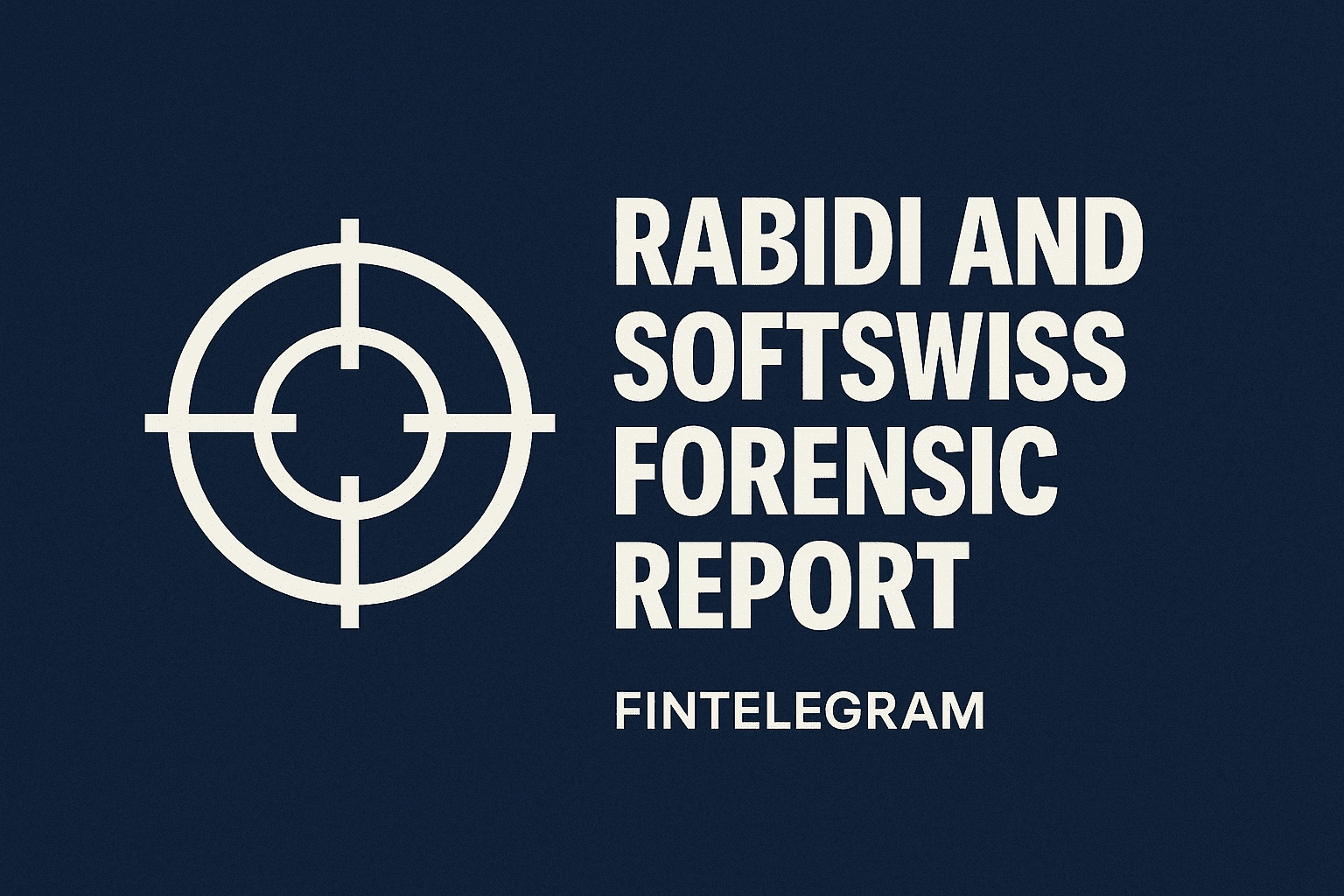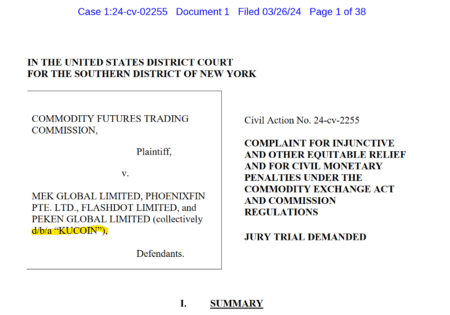In November 2024, Singapore authorities uncovered one of the largest money laundering operations in the country’s history, involving a sophisticated criminal network with international connections. The case highlights the evolving nature of financial crimes and the challenges faced by law enforcement agencies in combating global money laundering schemes.
The Operation and Arrests
The Singapore Police Force (SPF) conducted a massive island-wide operation involving more than 400 officers from various departments, including the Criminal Investigation Department, Commercial Affairs Department, and Special Operations Command. The operation targeted a group of foreign nationals suspected of laundering proceeds from overseas organized crime activities, including scams and online gambling.
Ten individuals, aged 31 to 44, were initially arrested and charged with offenses related to forgery, money laundering, and resisting arrest. The arrests took place in high-end residential areas across Singapore, including Tanglin, Bukit Timah, Orchard Road, Sentosa, and River Valley.
Assets Seized and Forfeited
The scale of the operation was staggering, with authorities seizing or freezing assets worth approximately S$1 billion (US$745 million)4. These assets included:
- 94 properties and 50 vehicles, valued at more than S$815 million
- Over S$110 million in bank accounts
- More than S$23 million in cash
- Luxury items including 250 high-end bags and watches, 270 pieces of jewelry, and two gold bars
- 11 documents containing information on virtual assets4
In a significant development, 15 of the 17 foreign nationals who had fled Singapore agreed to surrender assets worth about S$1.85 billion (US$1.37 billion) to the state. This brought the total value of assets recovered in the case to nearly S$2.8 billion (US$2.08 billion).
The Cypriot Connection: Su Haijin
One of the key figures, in this case, was Su Haijin, a 40-year-old Cypriot national. Su was arrested at his Good Class Bungalow in Ewart Park, Bukit Timah, after attempting to evade capture by jumping from a second-floor balcony4. He was found hiding in a drain, injured. Su Haijin‘s case is particularly noteworthy:
- He possessed multiple foreign passports, believed to be issued by China and Cambodia in addition to his Cypriot citizenship4.
- Authorities seized more than S$2.1 million in cash from him.
- Prohibition of disposal orders were issued for 13 properties and five vehicles linked to Su, with an estimated value exceeding S$118 million.
- Four bank accounts containing more than S$6.7 million were frozen.
In April 2024, Su Haijin pleaded guilty to money laundering charges and was sentenced to 14 months in jail. As part of a plea bargain, he agreed to forfeit 90% of his seized assets, valued at S$170 million.
International Dimensions of the Case
The case revealed the truly global nature of modern money laundering operations:
- Multiple Nationalities: The suspects held citizenships from various countries, including China, Cambodia, Cyprus, and Turkey.
- Cross-Border Activities: The criminal network was involved in organized crime activities overseas, using Singapore’s financial system to launder the proceeds.
- Use of International Financial Institutions: Bank accounts at major international banks, including Credit Suisse, Julius Baer, RHB Bank, and UOB Bank, were implicated in the scheme.
- Complex Corporate Structures: The criminals created intricate corporate structures to receive and disguise criminal proceeds from overseas.
- Exploitation of Citizenship-by-Investment Programs: Some suspects had obtained citizenship in countries like Cyprus and Cambodia, potentially exploiting “golden passport” schemes.
Money Laundering Techniques Exposed
The case shed light on several sophisticated money laundering techniques:
- High-Value Assets: The criminals invested in luxury properties, vehicles, and goods to conceal the origin of illicit funds.
- Shell Companies: Complex corporate structures were used to obscure the true ownership of assets and the flow of funds.
- Forged Documents: The suspects used forged financial documents to substantiate the source of funds in Singapore bank accounts.
- Multiple Bank Accounts: Funds were spread across numerous accounts in different banks to avoid detection.
- Cryptocurrency: The seizure of documents related to virtual assets suggests the potential use of cryptocurrencies in the laundering process.
Implications and Future Challenges
This case underscores the ongoing challenges faced by financial centers like Singapore in combating money laundering. It highlights the need for:
- Enhanced due diligence by financial institutions
- Improved international cooperation in tracking and apprehending financial criminals
- Stricter regulations on high-value asset purchases and corporate structures
- Greater scrutiny of citizenship-by-investment programs
As David Chew, Director of the Commercial Affairs Department, stated, “We have zero tolerance for the use of Singapore as a safe haven for criminals or their families, or for the abuse of our banking facilities.” This case serves as a stark reminder of the sophisticated methods employed by international criminal networks and the critical importance of robust anti-money laundering measures in preserving the integrity of global financial systems.





